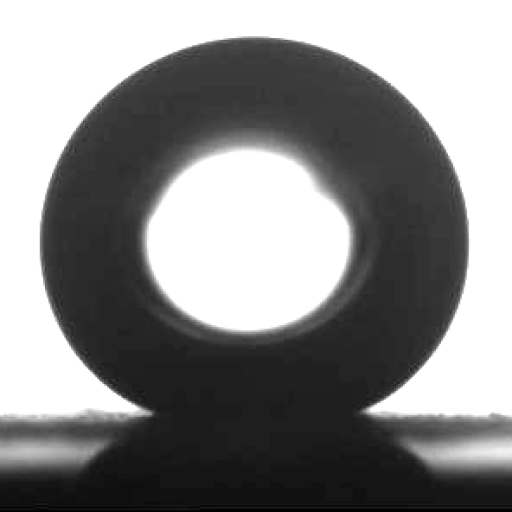Research involving superhydrophobicity
Much of our research involving the group now at the University of Edinburgh relating to superhydrophobicity has been included in the sections on Superhydrophobic surfaces and Uses of superhydrophobic surfaces. Click on the thumbnails below to go to the relevant pages.
Below you can read about some other work of this group related to superhydrophobic surfaces.
Leidenfrost
Engine
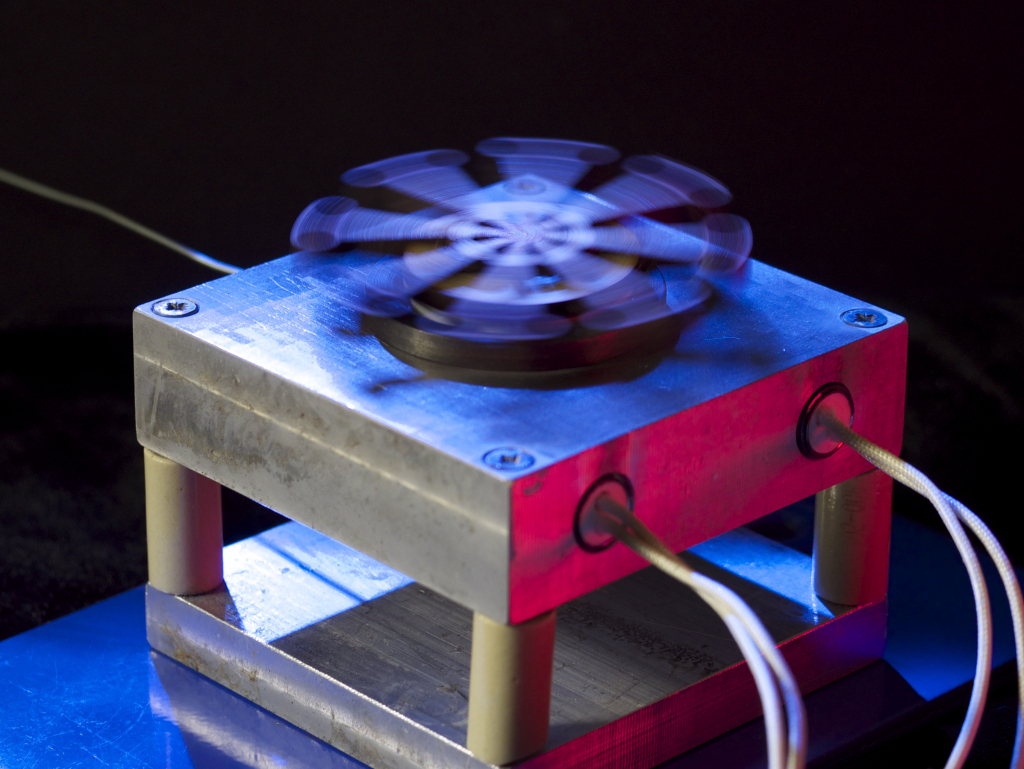
The Leidenfrost engine harvests energy by using frictionless rotation of an object levitated on a complete layer of vapour. The Leidenfrost state is analogous to a perfect superhydrophobic state.
Capillary
Origami
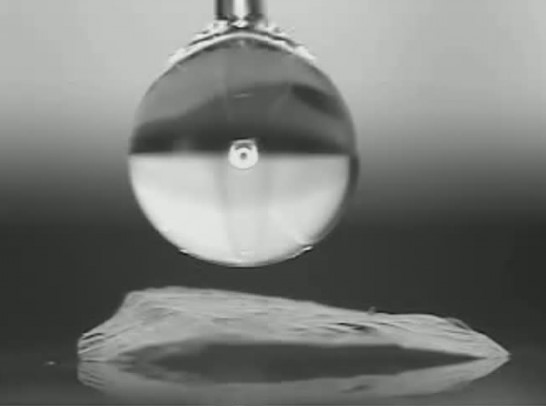
The force of surface tension is usually not strong enough to bend and fold solid surfaces. However, when the surfaces are thin membranes, surface tension can overcome their rigidity.
Plastron Lubrication
Model
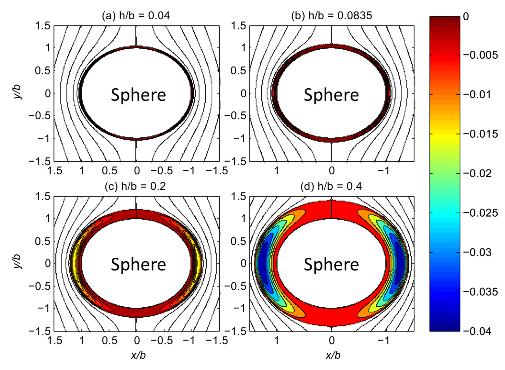
The settling of a solid sphere in a liquid can be eased by a surrounding jacket of air or vapour. The recirculation in the jacket induced by motion through the external liquid lubricates the fall of the sphere.
Leidenfrost-directed
Motion
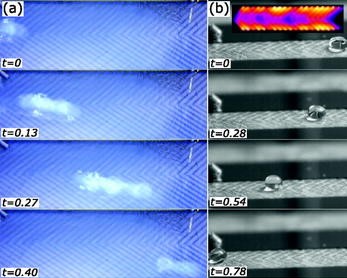
Motion of a droplet can be generated by designing the temperature profile of a substrate. Temperature profiles can also be used to create tracks along which droplets will move.
Superhydrophobic metamaterials
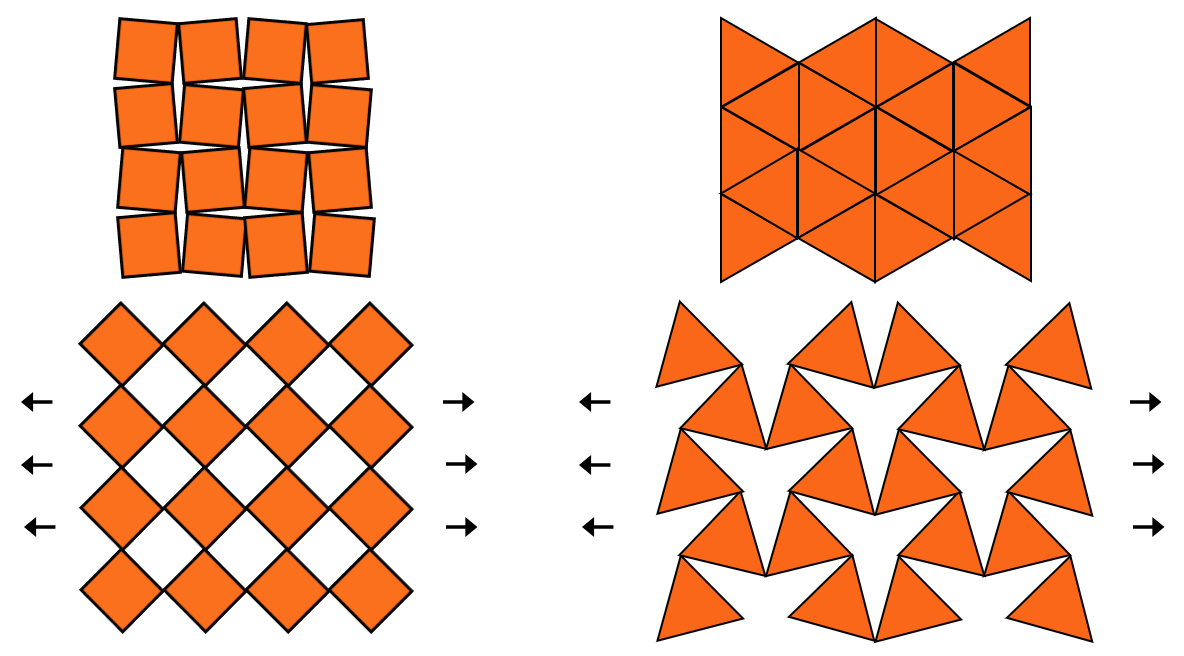
When stretched, auxetic materials expand in the orthogonal direction. This results in a unique dependence of the superhydrophobicity on strain.
